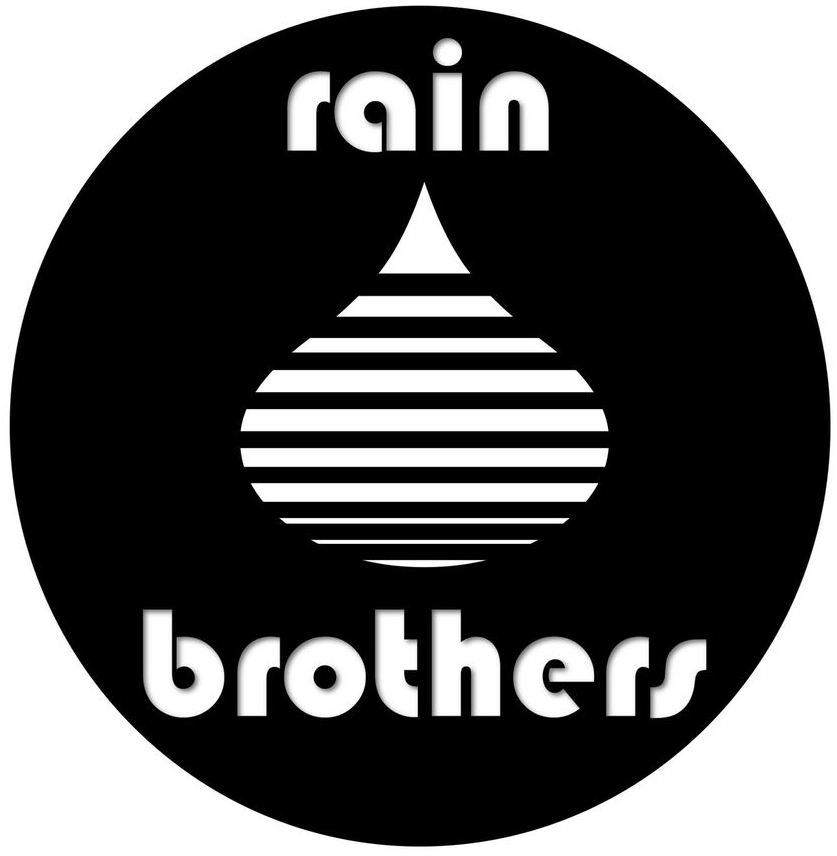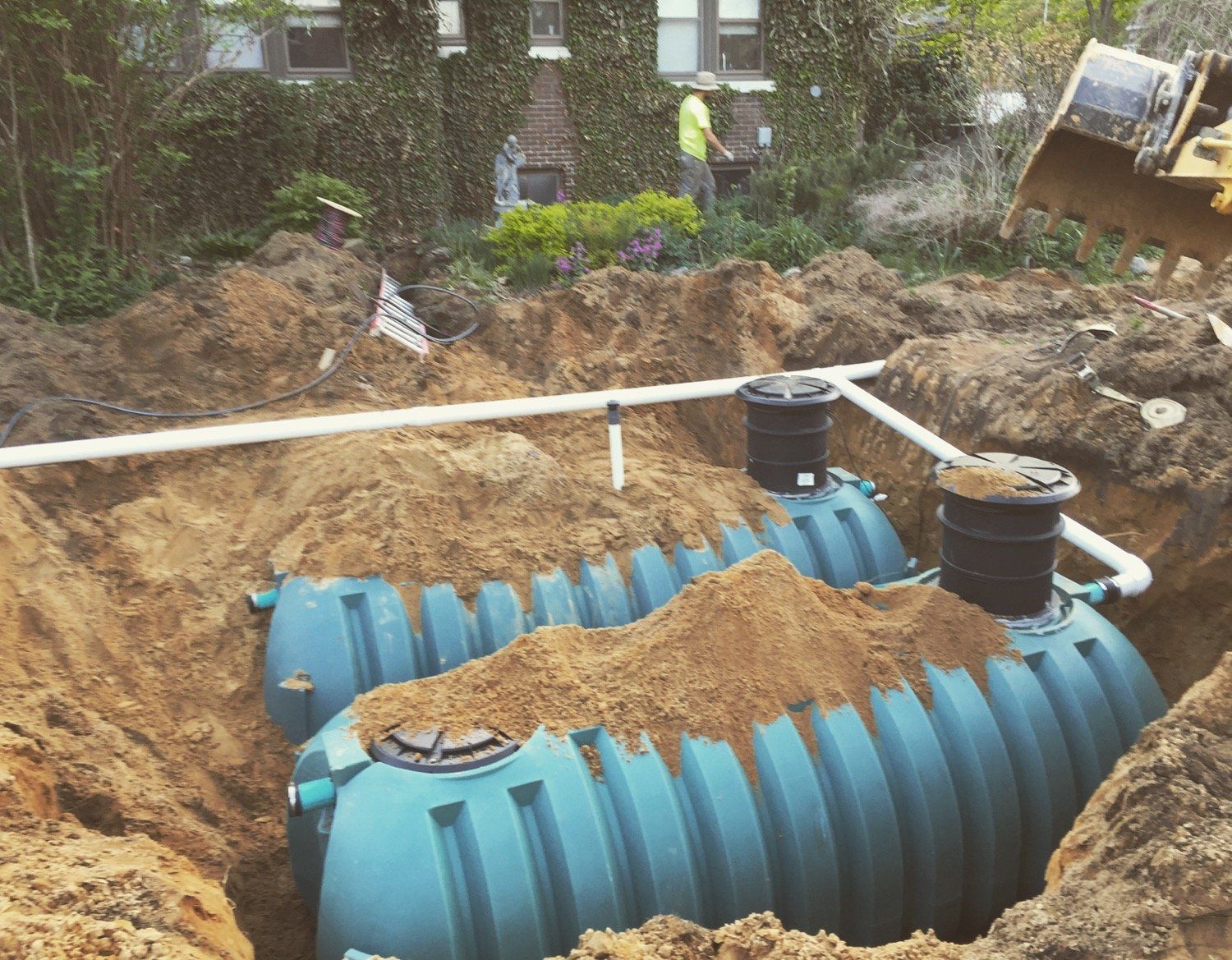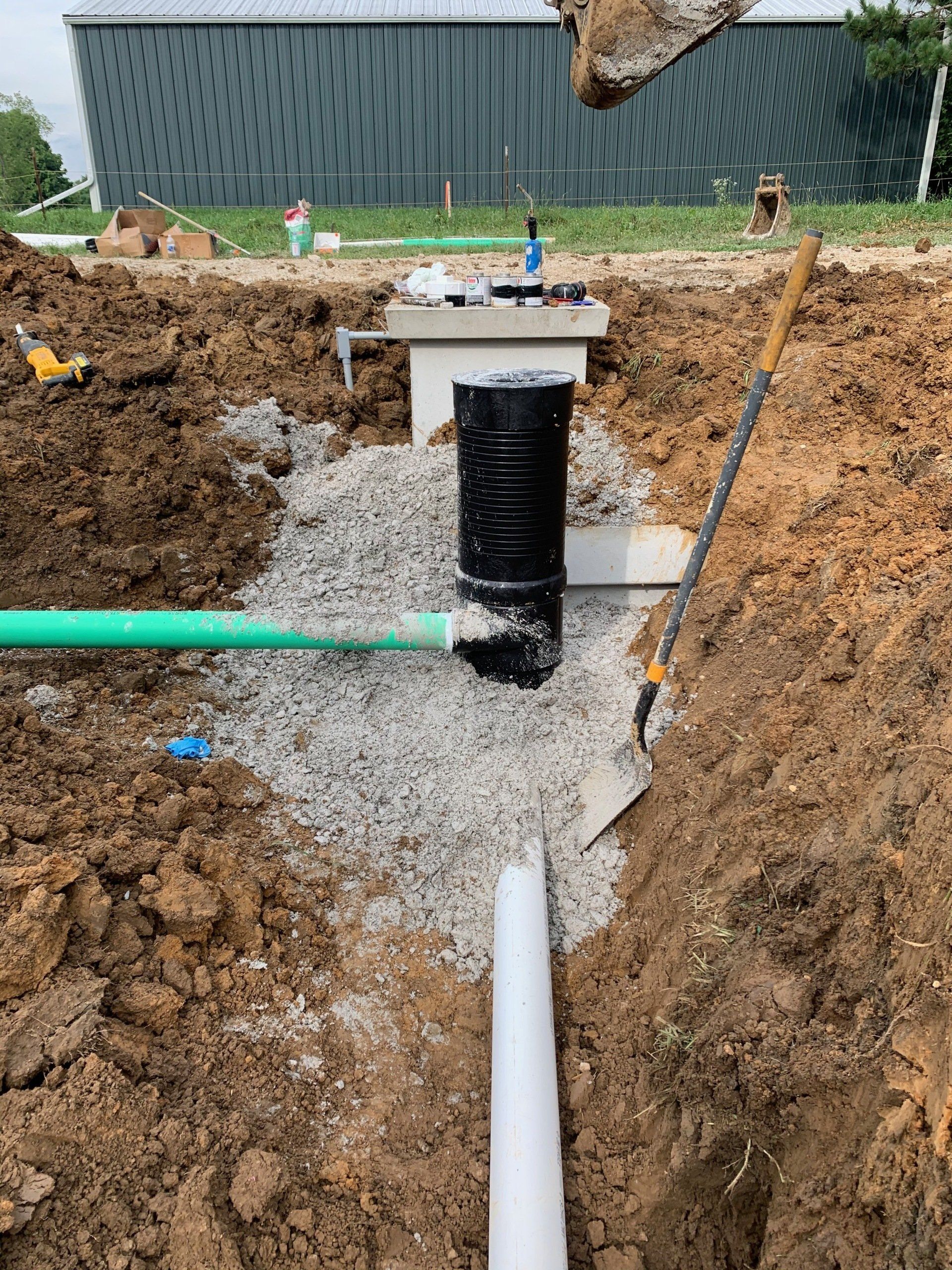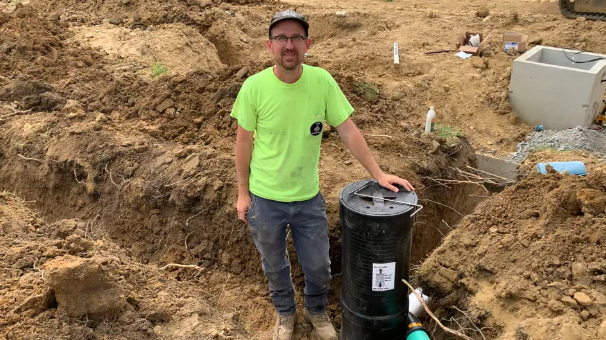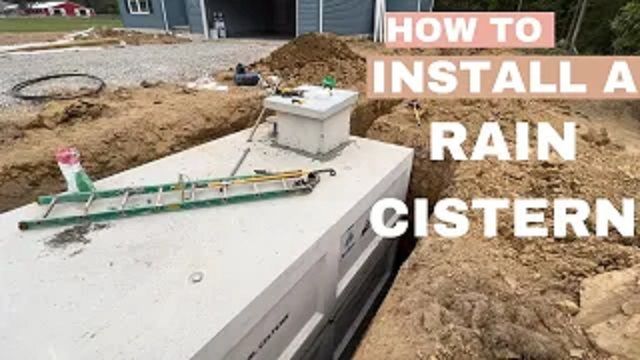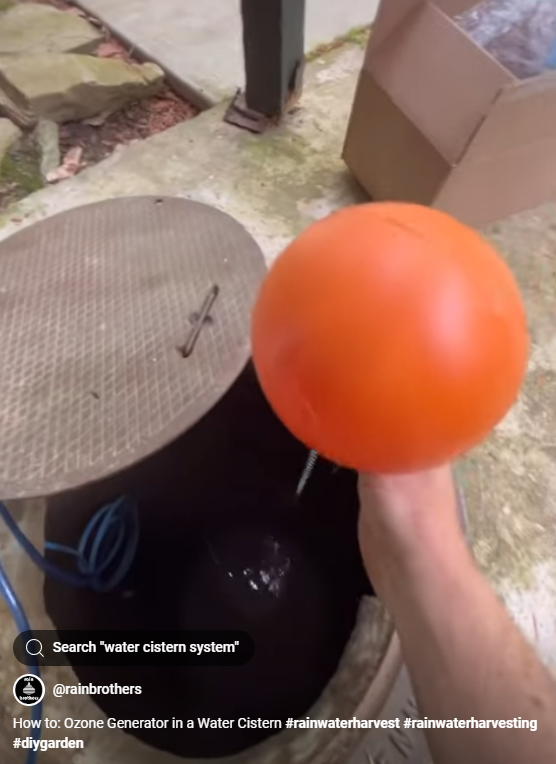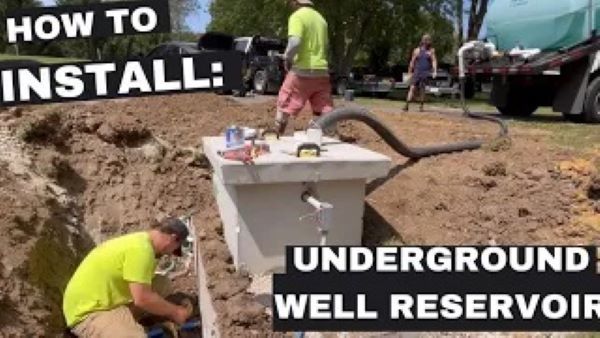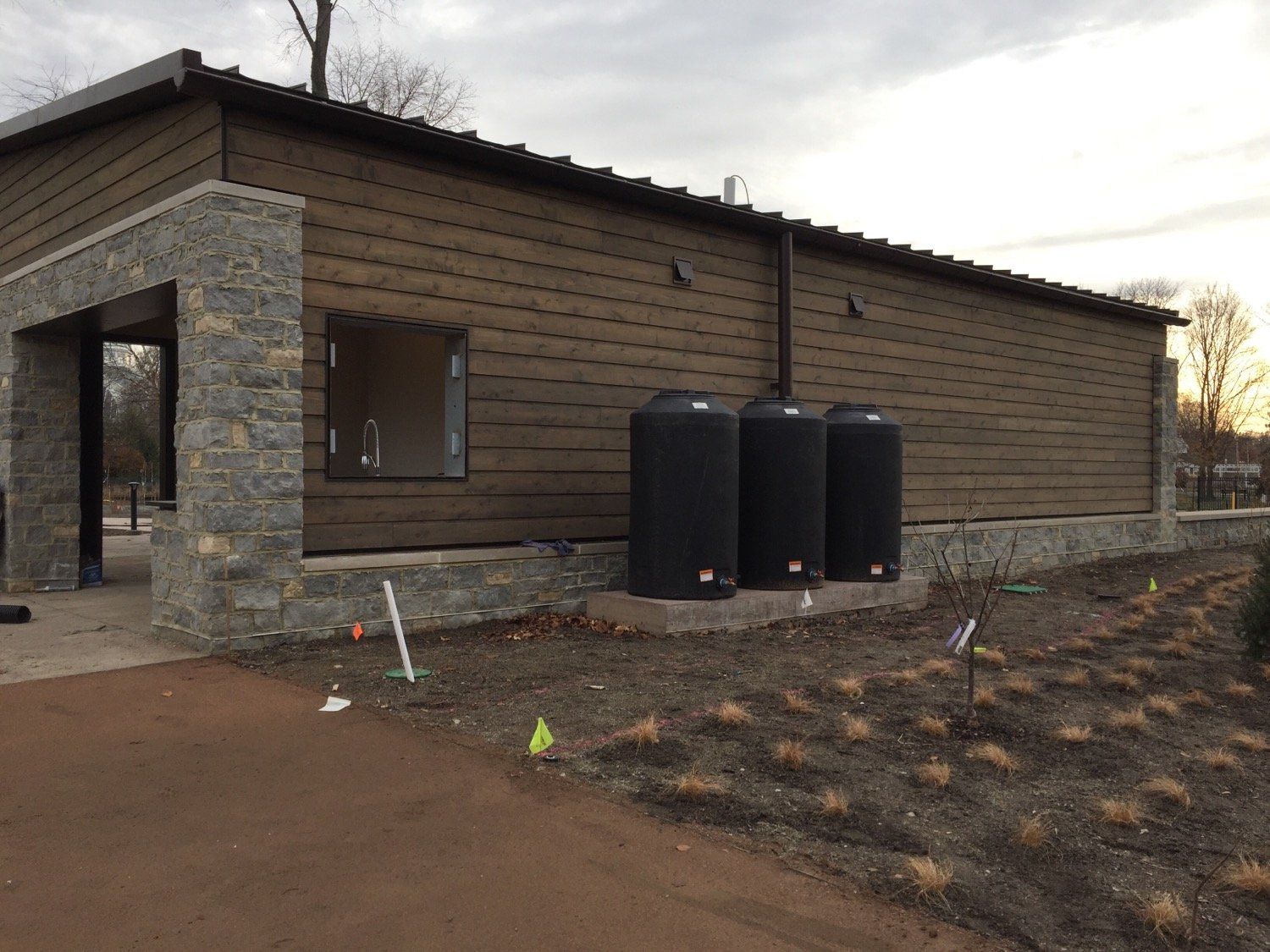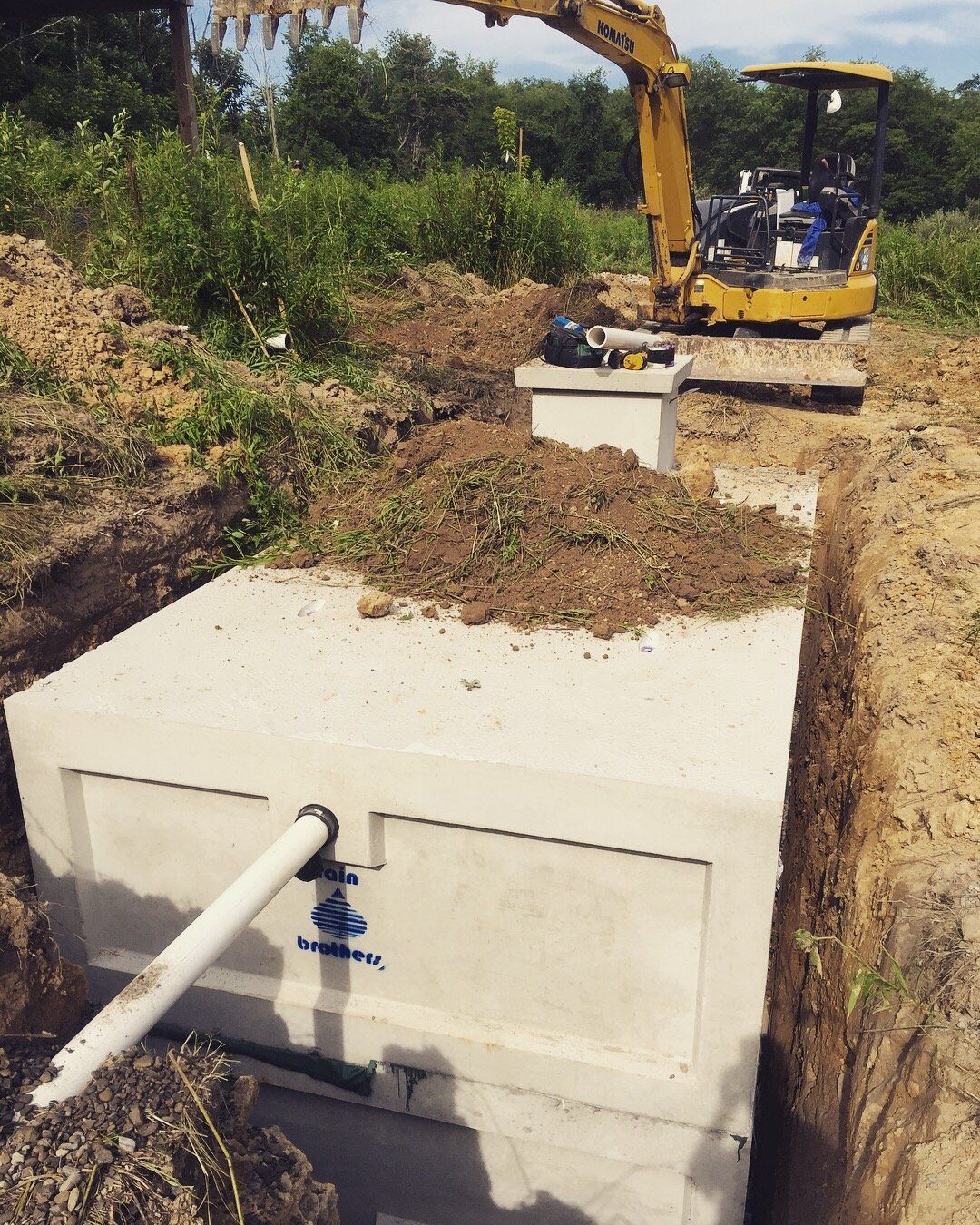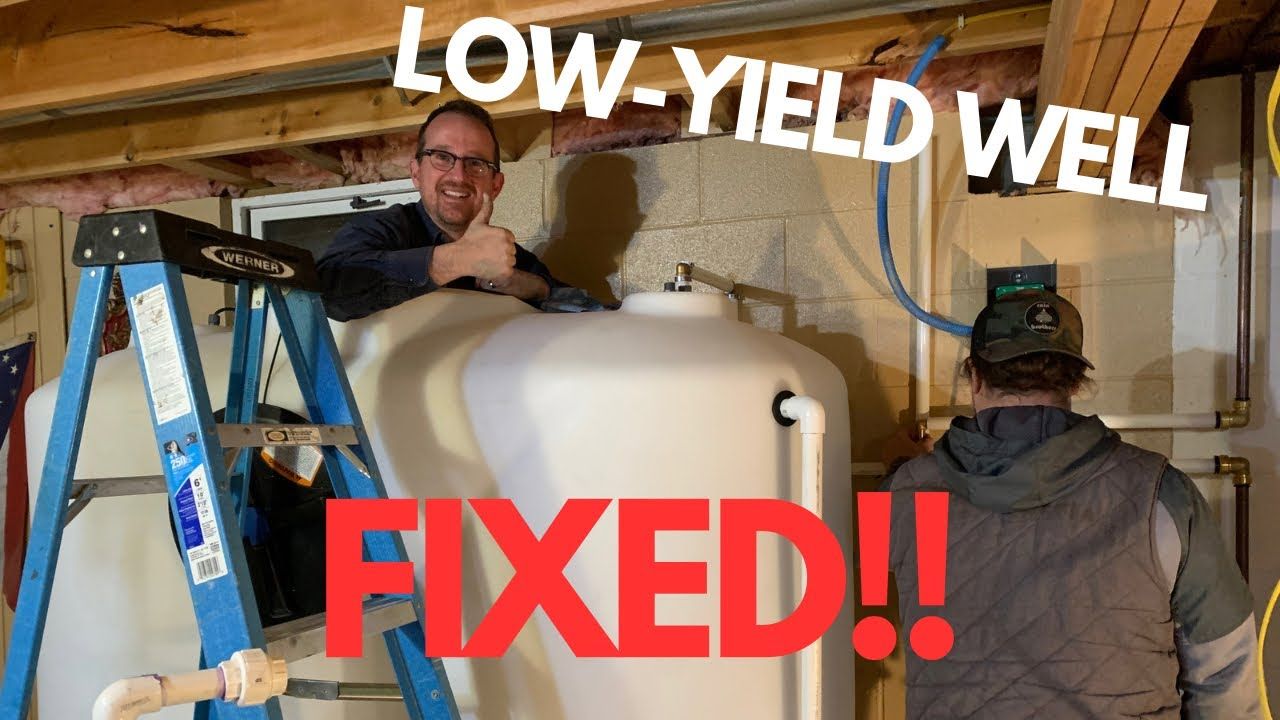Underground Plastic Cisterns: Pros and Cons
Thinking about installing a plastic underground cistern for your property? Great -- you're in the right place.
We've installed a lot of underground cisterns over our years in business. Early on, we installed plastic tanks almost exclusively. They were easy for us to transport, and great for even the most remote of installations. And, since we are an authorized Norwesco distributor, we were able to use tanks that were manufactured just 30 miles away from our shop. We're suckers for locally-made products!
As we did more and more installs of plastic tanks, though, the glory days began to slowly drift away. From an installers point-of-view, I, personally, have grown to dislike plastic cisterns, and I think that if you talked to any excavation contractor or anyone who has installed at least a dozen underground tanks, they're going to say the same thing: Plastic tanks are not ideal, and an installer (in particular, someone who does not have experience with excavation or installation of underground systems) is much more likely to get a call-back to fix an issue with a plastic tank than they are with any other tank.
Do plastic tanks have their place? Absolutely! Do we still recommend them -- in certain applications, I recommend them exclusively... specifically if you have a remote home or cabin, if access is an issue, or if you need a small underground system. If you do install a plastic tank, make sure you follow the manufacturer's installation instructions to a tee. If you don't, it could end up costing you the tank, or worse. When in doubt, go with concrete cisterns.
Here's a list of advantages and disadvantages of plastic underground cisterns that we've developed from our field experience:
ADVANTAGES:
*If your site is remote or access is an issue, plastic cisterns are easily transportable and easy to install, even with small equipment
*Cost effective for small systems (i.e., less than 1,000 gallons)
*Ideal for cabin, mobile home, or tiny home applications where smaller systems are needed
DISADVANTAGES:
*Must take precautions to ensure tank does not float out of the ground before, during, and after installation (usually tanks must be left ¼ full at all times)
*Must backfill with approved fill (i.e., sand, crushed stone, or topsoil)
*Cannot drive anything over the top, including lawn tractors
*Cannot be made to hold traffic loads
*Not easily reparable
*Can warp over time
*Usually cannot be pumped all the way down to clean without risk of ground pressure cavitation
